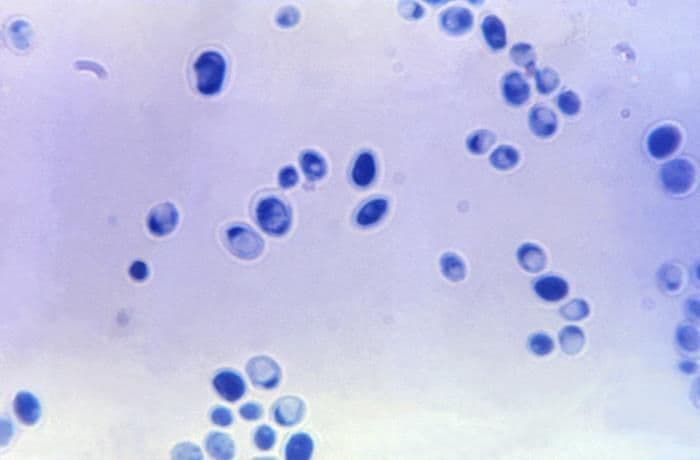elimination


What is candida? (fungal infections)

What is candida ?
Candida is a type of yeast, a single-celled fungus, that naturally lives in small amounts in various parts of the body, including the mouth, throat, gut, and skin. While candida is generally harmless in small amounts, it can cause infections if it grows out of the control.
If you suspect such a condition, first thing to do is consult a doctor. There are also doctors and organizations specialized in Candida; you might find one close to your city. Test results may surprise you, as you could have another illness.
Types of Candida Infections:
- Oral Thrush
- Occurs in the mouth and throat, causing white patches on the tongue, inner cheeks, gums, and tonsils.
- Symptoms: White lesions, redness, soreness, difficulty swallowing.

2. Vaginal Candidiasis:
- Affects the vaginal area, common in women
- Symptoms: Itching, burning, redness, and a thick, white discharge.

3. Cutaneous Candidiasis:
- Affects the skin, particularly in warm, moist areas like armpits and groin.
- Symptoms: Red, itchy rash, often with satellite lesions.
4. Invasive Candidiasis:
- Occurs when candida enters the bloodstream and spreads through the body.
- Symptoms: Fever, chills, and can lead to serious complications if it affects organs like hearth, brain, eyes, and bones.
Causes of Candida Overgrowth:
- Antibiotics
- High-sugar diet
- Weakened immune system
- Hormonal imbalances
- Diabetes
Preventing and Managing Candida Overgrowth:
- Diet: Limiting sugar, refined carbohydrates, and yeast-containing food can help. Incorporate antifungal foods like coconut, coconut oil, garlic.
- Probiotics: Supplements or foods like yogurt, kefir.
- Good Hygiene: Also if the infection is on the skin, keep the skin dry.
- Medical Treatment: Antifungal medications, prescribed by a doctor.
Managing candida involves a combination of dietary adjustments, lifestyle changes, and medical intervention when necessary.